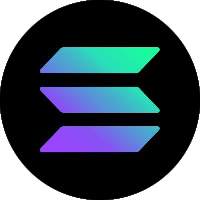¿Cuál es el precio actual de Fantom?
Actualizamos nuestro Fantom a la moneda USD en tiempo real. Consulta el precio de Fantom en tiempo real en Coinbase.
¿Cuál es la capitalización de mercado de Fantom?
La capitalización de mercado actual de Fantom es 2049,19 MUS$. Una capitalización de mercado alta implica que el activo es muy valorado por el mercado.
¿Cuál es el máximo histórico de Fantom?
El máximo histórico de Fantom es 3,36 US$. Este máximo histórico es el precio más alto pagado por Fantom desde su lanzamiento.
¿Cuál es el volumen de operaciones de 24 horas de Fantom?
Durante las últimas 24 horas, el volumen de operaciones de Fantom es de 220,56 MUS$.
¿Qué otros activos son similares a Fantom ?
¿Cuántos Fantom existen?
La oferta circulante actual de Fantom es de 2,8 mil millones.
¿Puedo comprar Fantom en Coinbase?
Sí, actualmente Fantom está disponible en la billetera web 3 de Coinbase. Para obtener instrucciones más detalladas, revisa nuestra guía útil Cómo comprar Fantom.
























































